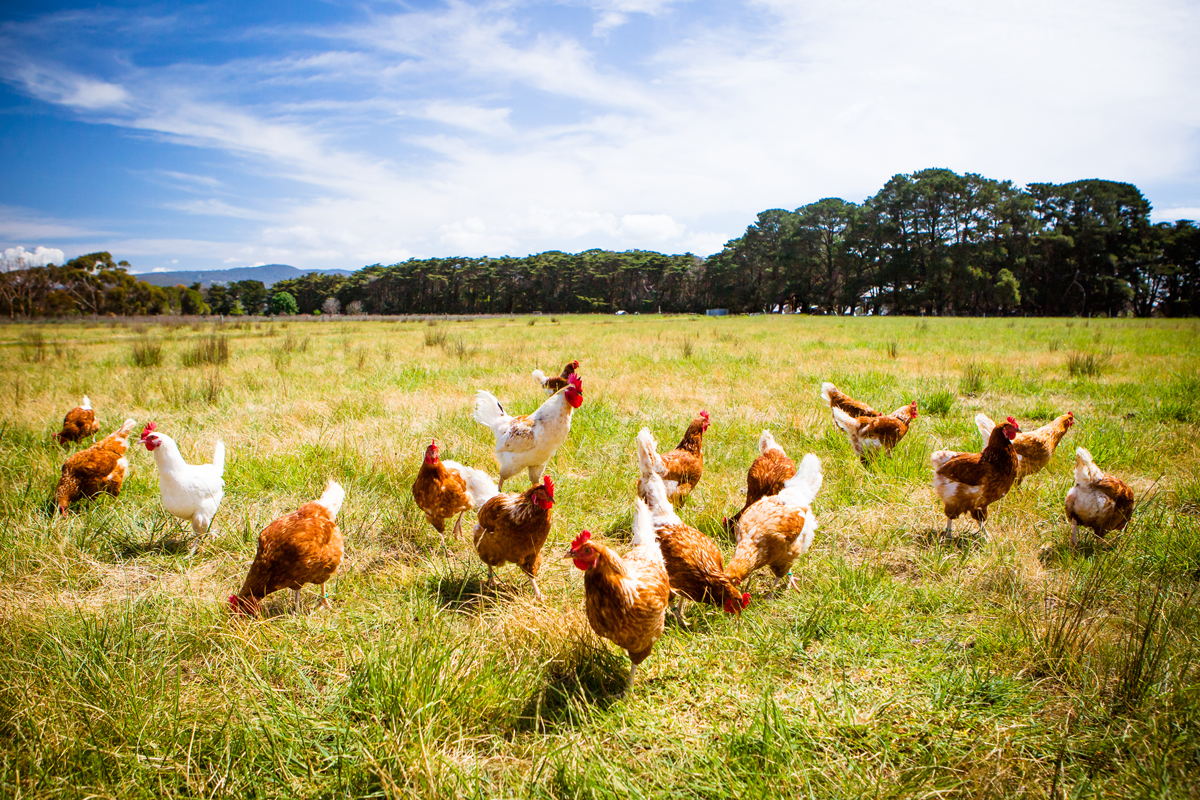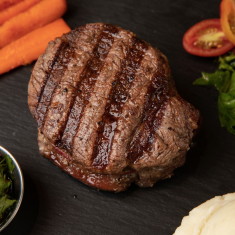Have you ever received a chicken in the mail?
Baby chicks are a symbol of spring. If you visit a local livestock and agriculture store, you know it is springtime when baby chicks for sale are peeping up a racket. Around here, it is common for people to raise a small flock of egg layers in their backyard. Nothing beats eating fresh eggs for breakfast. For small- and medium-sized farms, typically, we purchased day-old chicks from a hatchery and receive them in the mail.
Last September, we picked up 250 live peeping chicks at the post office. As all live day-old chicks travel, our Red Sexlink egg-layers journeyed via the United States Postal Service in special cardboard boxes with holes for ventilation. Incubating chicks is a lot of work. With all the other enterprises on the farm, we are happy to outsource the incubation process and start brooding future egg-laying hens with healthy birds sent to us.
Planning for egg production begins months in advance. Once the chicks arrive at the farm, they live in the warm, cozy brooder for about ten weeks. Heat lamps keep them comfortable on chilly evenings or days, and wood shavings for bedding keep their space clean. They then move into a mobile chicken house – shelter that can move around the ranch. The mobile coop includes nesting boxes where they can lay their eggs, a roost (a perch for the hens to rest on at night), and an automatic door that opens and closes at sunrise and sunset. The farm is surrounded by wildlife habitat, so predation from foxes, bobcats, coyotes, possums, raccoons, skunks, and even ravens and hawks, is always a concern.
At around twenty-weeks old, the hens start laying their first eggs. Red Sexlink chickens (a.k.a. Golden Comet, Gold Star, and Cinnamon Queen) are considered excellent brown egg-layers. They are quiet and easy to handle, and as the name implies, the mature hens are red.
Historically, family famers raised dual-purpose chickens – chickens intended for laying eggs and for their meat. In the 1960s, the egg industry expanded whereby large commercial egg production took over small flocks. Mechanization in agriculture and urbanization were a couple factors in that shift to large-scale egg production. Farmers aided by agricultural researchers also began breeding chicken just for eggs or just for meat.
Incidentally, the United States Postal Service is the only mail carrier that will ship live day-old chicks. Perhaps they are the only ones who will deal with the din of ceaseless cheep-cheeping. Hatcheries box and mail the chicks according to the weather, ensuring their travel is as comfortable as possible. There are minimum orders so that the chicks will produce enough body heat to make the trip safely, and in the warm months, fewer chicks per box are sent so they don’t overheat. Thus the journey begins from chicken to egg, with a chicken in the mail.










